|
January is a long and dark month but it can also be the start of something new. This can be as simple as trying out a new material and being excited by the possiblities that arise from play and experimentation. Shown here are examples of my first forays into using bio-plastic. Previous attempts at making my own from potato starch were marked as a resounding fail. The bought variety comes in bags similar to a bag of lentils. They have an alchemical quality . When dropped into hot water these grains coalesce, become translucent and maleable. They can be rolled, stretched and pulled in any direction before they harden into shape. If this shape is not desirable, they can be dropped back into water and re-formed. The image above shows bio-plastic petals, made with a mix of black and white grains. They look like agate or mussel shells. I am using them to make a floral wreath as part of a reflection on the shape of mourning. It struck me that the stages involved in the making of these petals are not unlike the stages of grief. Before loss we are one thing. After it we are another. We change; we are stretched and fragile and we show the marks of our experience on the surface. We become hard but we can become vulnerable and receptive again in the right circumstance. We are singular but we are not alone. How would you describe the shape of mourning?
December is a turning point. The shortest day and the longest night pivot and slowly we can look forward to more light. I think we need this after the darkness of past year. As I continue to reflect on time it struck me how, in the past two years , time has endlessly repeated itself and yet paradoxically become stuck. There is no sense of coming to the end of a particular period of time, so that we can move on - but what are we moving on to? As I write this on New Year's Eve 2021, I wonder what 2022 will bring. We cannot control time but we can make time for ourselves, even momentarily, to step outside of the circle of events, the O for Omicron and the micro challenges of each groundhog day. In this space, we can make room for hope and see the light breaking through the cracks in the wall or the tips of green shoots pushing through the snow. The winter solstice has passed and we are gently tilting back towards the sun.
Last November I reflected on time and what strange times we were living through. This November, there seems to be no end to these difficult times and so I wondered, if we measured time differently, not in numbers but through our emotions, could another temporal reality be found? When is it time to move on, to let go and forgive? How much of our time is taken up with blame and holding on to the past? I have been experimenting with reconfiguring clock faces in the studio so that six o'clock could be undestood as pastpresent and nine o'clock as nowthen. In times of trauma, seconds can last for hours and each movement of the hands brings another wound. How do we know when the time is right to heal? Is the right time for me the wrong time for you and should we even worry about being in sync, or instead focus on allowing multiplicities of time so that we can all inhabit our individual temporal reality. Even in difficult times, the time we have is precious.
Tonight is Hallowe'en. The clocks have already gone back and other strange things - if you believe in them - are afoot. Temporal and spatial ambiguities were described by Foucault in his 1967 essay 'Of other places' and it was here that he used the terms heterotopias (places) and heterochronias (times) to discuss the liminality of a dizzying range of objects, locations and events from mirrors to museums, from fairgrounds to brothels and from retirement homes to prisons. According to Foucault, all societies had heterotopias; places that existed but were hidden, forgotten or ignored despite their reality. In these places, time was made strange. We all know the spookiness of cemeteries and mausoleums, especially at this time of the year but I wondered if Foucault's ideas could be applied to the monument or memorial. Shown above is a response to this in the form of a digital collage. A field of stubbled wheat is out of focus and something has appeared in the sky to disrupt the pattern of the clouds. Its surface shimmers and reflects a landscape which we cannot see. Foucault's ideal hereotopia was a ship because it is a space that that is self contained and yet floats on another infinite space, the sea. For me, thinking memorially, it is something that is unmoored, adrift, reflective and disruptive. Something that mirrors a multiplicity of pasts as it floats into unknown futures. We do not have to stand before it in sombre thought. It finds us when we need it. Happy Hallowe'en!
Monuments and memorials are found throughout Ireland and their meaning is normally easily discerned through the design of the memorial, its inscriptions and its documented history in the archive or local library. The figures shown here are mysterious and ancient so their history is less easily read. Known as the Boa Island figures, they are presumed to date from the late Iron Age or early Christian period and they are located in a rural graveyard in Caldragh in County Fermanagh. I first saw them thirty years ago and revisited them for a second time last week. The images above show the larger of the two figures, from each side, the smaller figure being too eroded to be legible. What is interesting is that the figure is bilateral, and is described as Janus faced, despite the fact that there is no connection to the Roman god of the same name. Some say the figure shows Badhbh, an ancient Irish goddess of war. Others say the figure is male on one side and female on the other. On the broken plinth beside the figure is a collection of coins of different dominations, from Ireland and beyond. These have been left as offerings of some sort but who left them and what they asked of the stone deity is as unknown as the origins of the figures themselves. Do we have to know the biography of a monument to enjoy its existance, or can we simply be glad it is still there? Are we obliged to leave something behind - money, a hope, a memory - or can we just reaquaint ourselves with the past and move on leaving nothing behind?
I am still thinking about airborn memorials and ambiguity. This weekend, I spent time walking along the cliffs from Ballyhornan to Ardglass, following the narrow rocky trail along the coastline. Somewhere, far out on the rocks, I spotted this broken obelisk, the remains of an unknown memorial. I wondered what it marked and who it was for. Behind me was the former Bishop's Court RAF radar station built in 1943 and ahead of me was the Irish Sea and the notorious narrows of Strangford Lough where many boats had sank or foundered on the rocks. There was no signage or indication of what the obelisk commemorated and further down the rock face, I could see the rest of the column which was also without markings. Was it for pilots or fishermen, or for someone who had drowned? Did knowing the details add to or detract from its melancholy ? For me, not knowing allows thoughts and memories to remain open, making the memorial part of my present and not someone else's past. I remember what I do not know, and think of those I never met. Those in peril on the sea, as the song goes. In the studio I veil my model airship, put it in the garb of mourning and wonder if memorials grieve.
Art work that is separated by time and space can connect in novel and unexpected ways. "Big Albert" (left), was made in 1999 and it is curently on show at the Crawford Art Gallery , Cork* as part of an exhibition called Menagerie. On the right, made just last week, is painting of a speculative memorial to be contained in an airship. It is shown against a background of marks left by blowing bubbles, and so it merges with another concept where breathing is a form of remembering. Big Albert is a large scale charcoal drawing ( 210 x 150 cm) of a pigeon carcass. It is one panel of a triptych which referenced the carnage of the First World War through the use of animal imagery. The airship, or floating memorial, is based on a First World War example but it has been recontextualised by me to imagine how a memorial for the Northern Ireland Troubles need not be solid and fixed, but rather it might float and circulate, only landing when there is a request to see inside. The small scale painting (30 x 30 cm) contains a lot of big ideas but to me, it is not unfeasible, in that the airship could both be and contain a memorial. During the First World War there was a base for airships in Northern Ireland just outside the town of Larne. The mission of the crew was to look down to search the seas for the hidden threat of German U-Boats. Today, that which threatens us seems to come from the sky, and through the air, as an airborne virus we cannot seem to free ourselves from. In twenty years time, will the work I make then connect to the works shown here? Will this future work be about wars and political atmospheres, or the right to clean air without living in a bubble?
*Image courtesy of Crawford Art Gallery. Photography by Jed Niezgoda. Other artist featured in shot: Joe Neeson and Tony O'Malley. It's the end of April and it seems we are all now ready to enter into the world again but are we all really ready? In the assumption that we are all in a rush to shop, to consume, to spend, to holiday, to meet with friends and family, has there been any rush to remember or reflect on those who are no longer with us? Perhaps the encouragement to rush towards all of these things is a deflection; a denial of scrutiny and a desire to remain within the guilded cages of our own making. Not everyone is so protected. Not everyone is free to fly. For some, lockdown has been a cage and for others, a respite if not a refuge. As we emerge into the sunlight, we should take some time to think of those who are still in the depths of darkness and of those who are still behind bars.
This month I have been developing my ideas from February. All the thoughts about islands and erosion and memory given material form in this experimental work with ice cast letters. My chosen location was Barr Hall Bay at the entrance to Strangford Lough and despite the driving wind and rain I managed to get some work done! Video clips to follow. Here, there is an example of how names on a memorial can be more inclusive. The melting letters shown depict the ways in which we identify oursleves and others - I, We, You, Us, Them etc. which became entangled as the waves washed across them. The letters were dissolved bythe action of the tide coming in and the rain falling down. The ice became water again and in this way, part of what destroys it. I am still thinking about this.
This time last year, I was in Paris. It was my last trip abroad. Since then, travel has been limited but thoughts can always roam free. Sometimes, the memories of a special place are found nearer to home. There is no need to visit them because they can be recalled in the mind just as a photograph is held in the hand. Island Hill is a storehouse of memory for me. Each time I think of it, or visit it, I am reminded of Marc Augé when he said " Memories are crafted by oblivion as the outlines of the shore are created by the sea" . He speaks of the connections between memory, oblivion and erosion and it always makes me think of Island Hill and how , over my life time, is has been eroded and seems a little smaller each time I go there. I wonder then as it decreases in size will my memories of it fade or will it always exist as long as I remember it? In years to come, what will be remembered from this year of lock down - who will be remembered and why? Despite the impossibility of perfect recall and the challenges of the past year, I feel lucky to be here to narrate the memories of them.
|
AuthorThis is where you will find news about exhibitions, projects, events, other artists, travels, experimental work and sometimes things that I just enjoyed seeing! I hope you enjoy them too! Archives
April 2024
Categories |
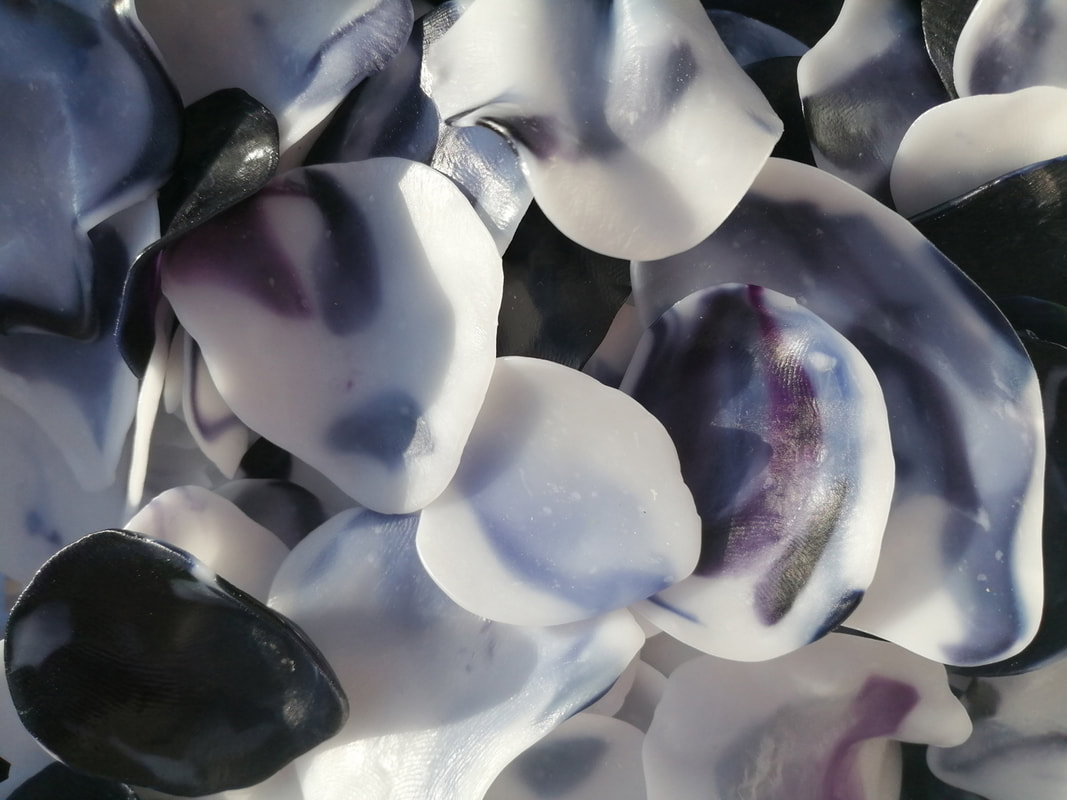
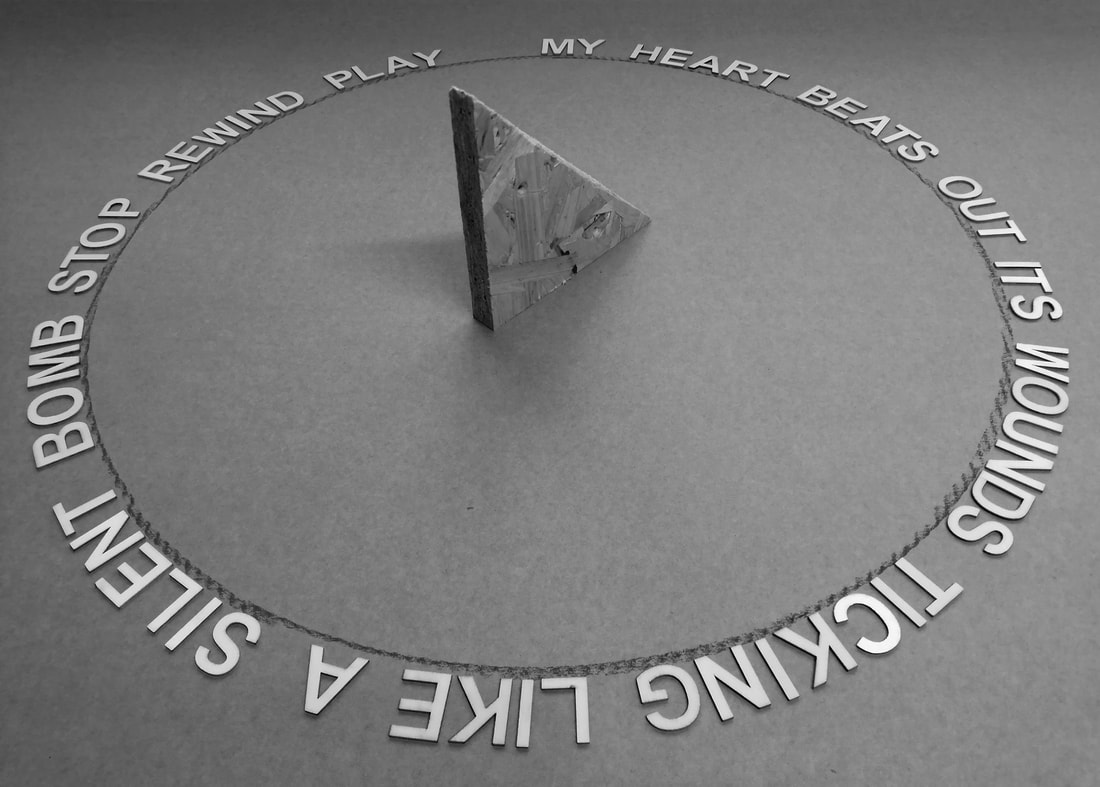
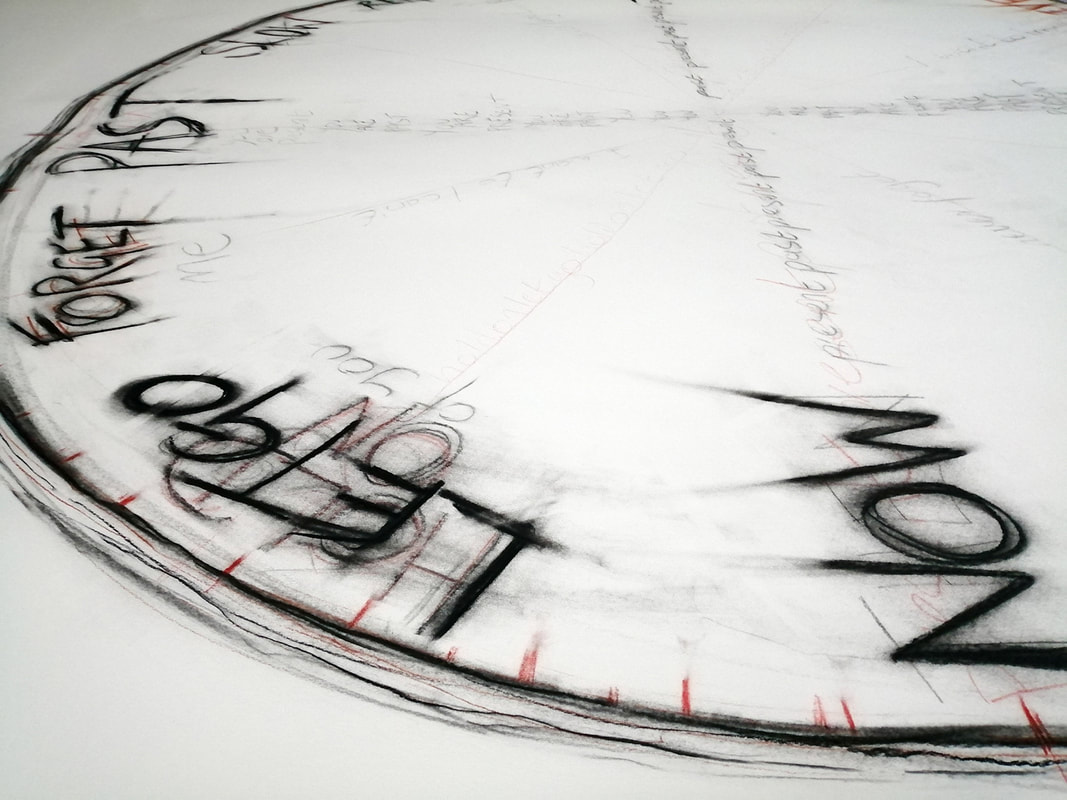
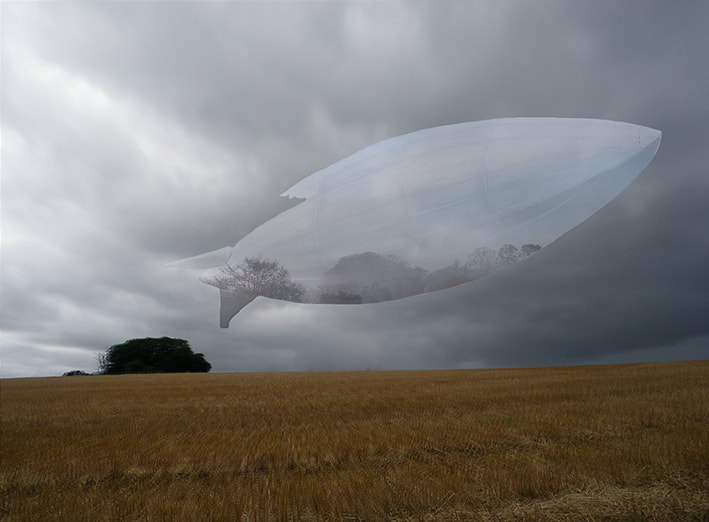
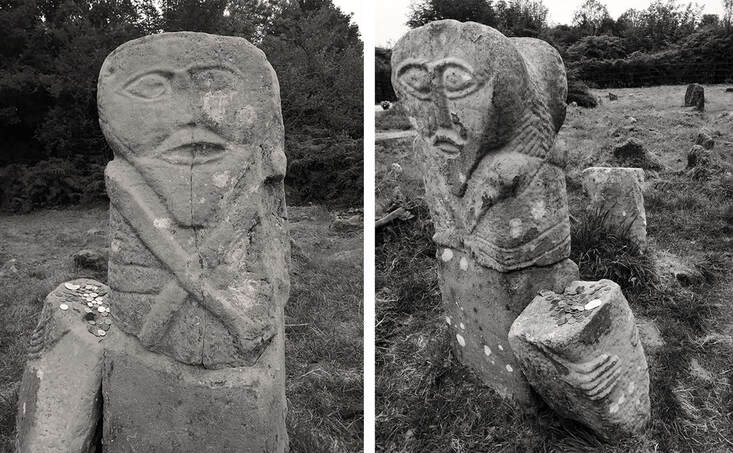
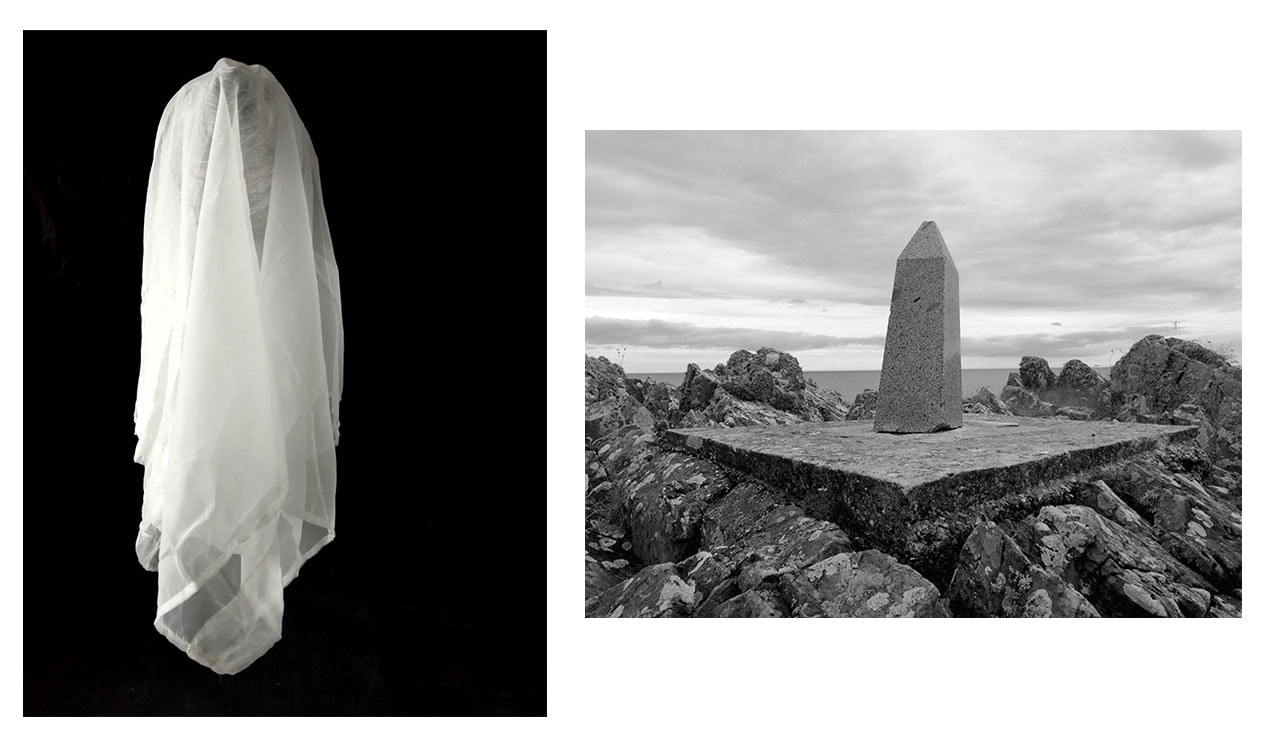
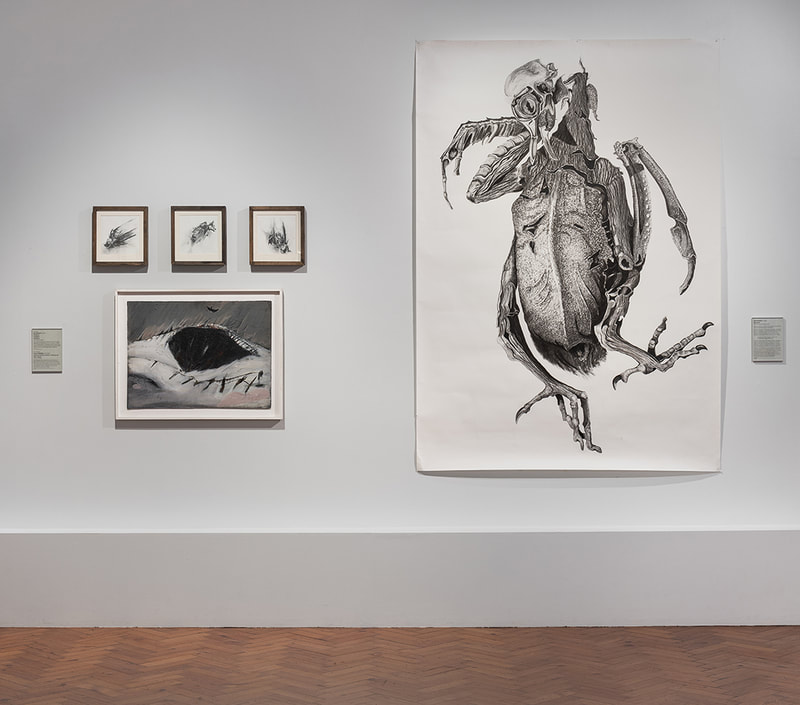
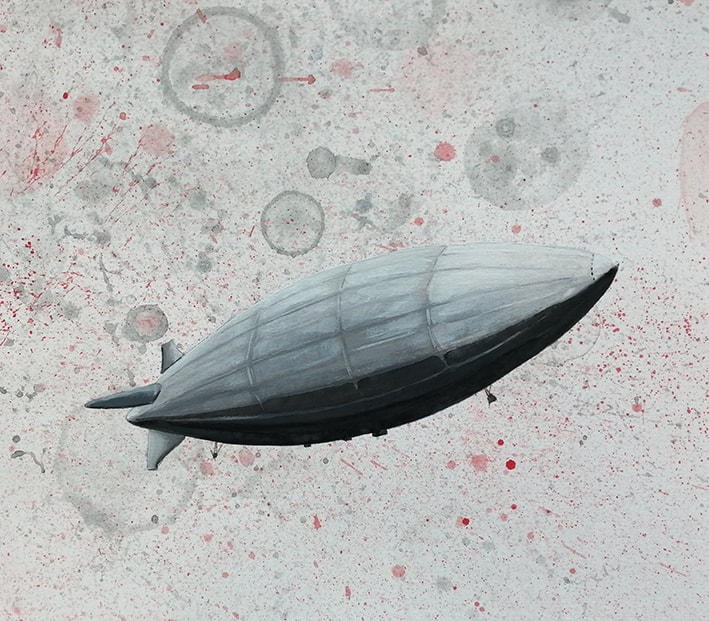
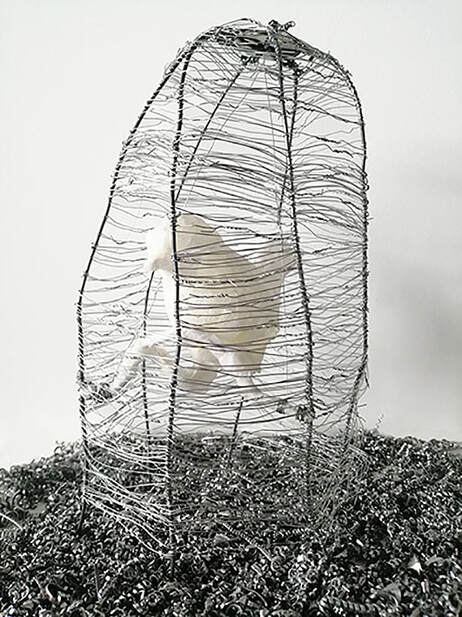
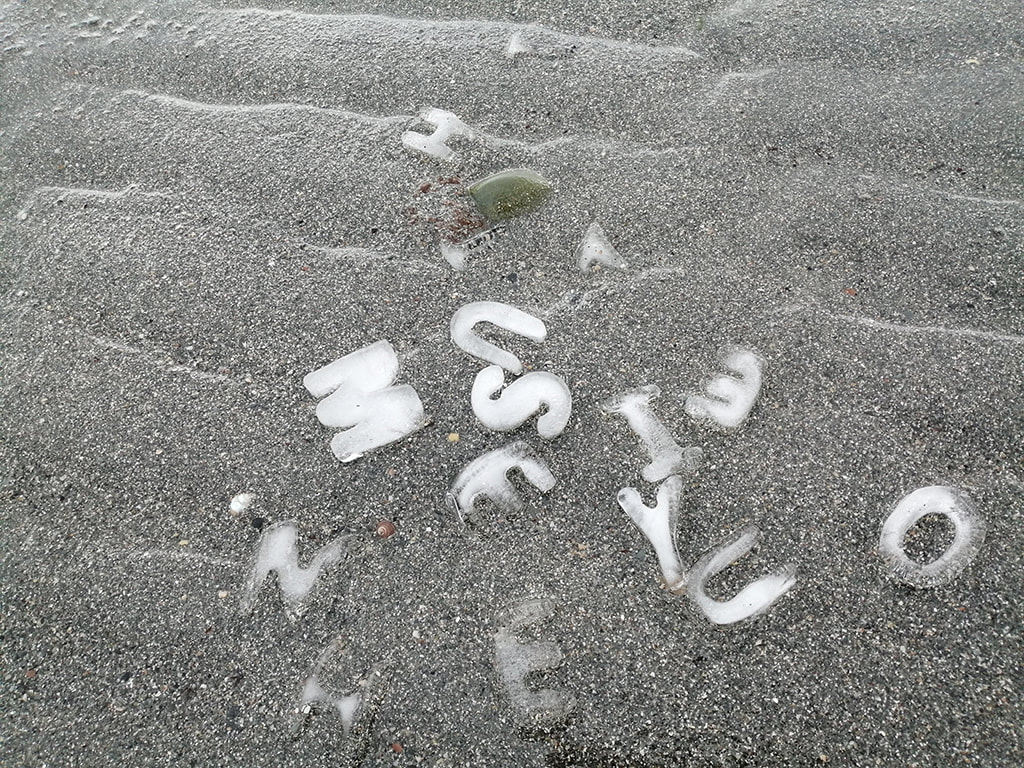
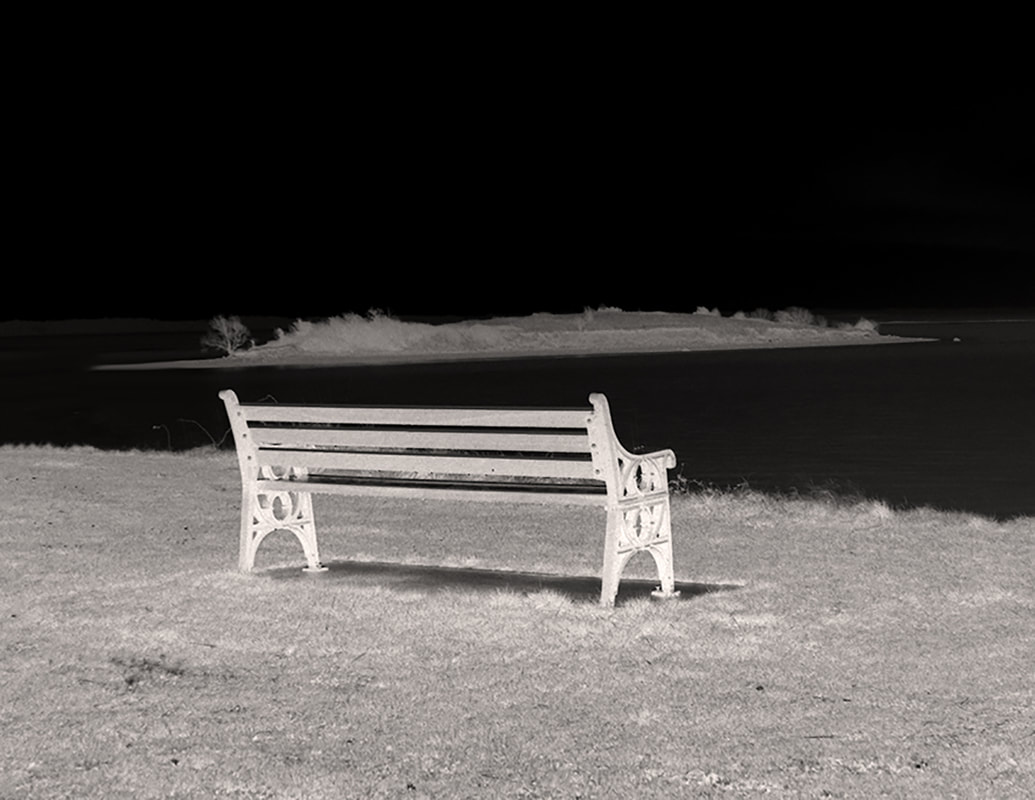
 RSS Feed
RSS Feed